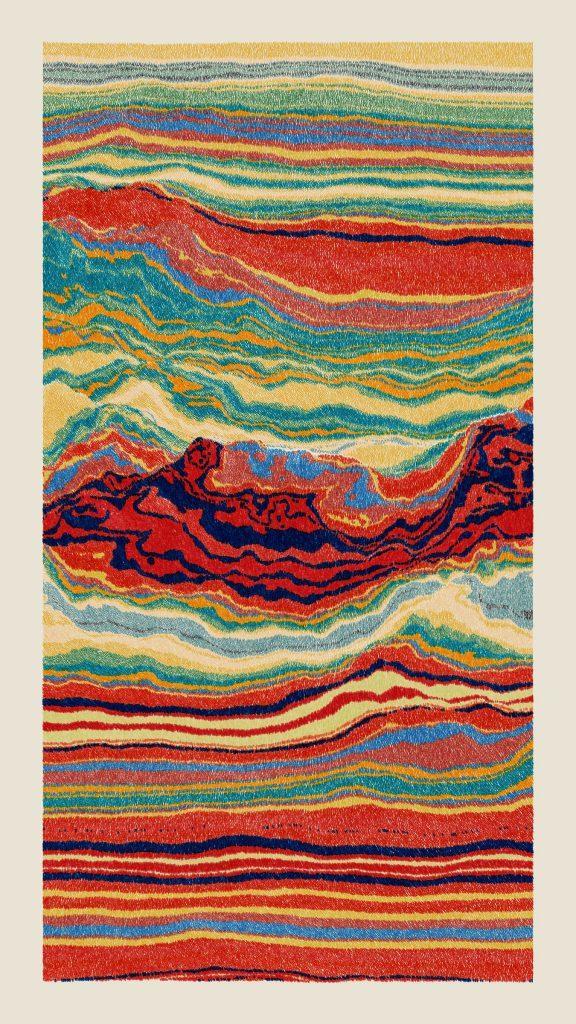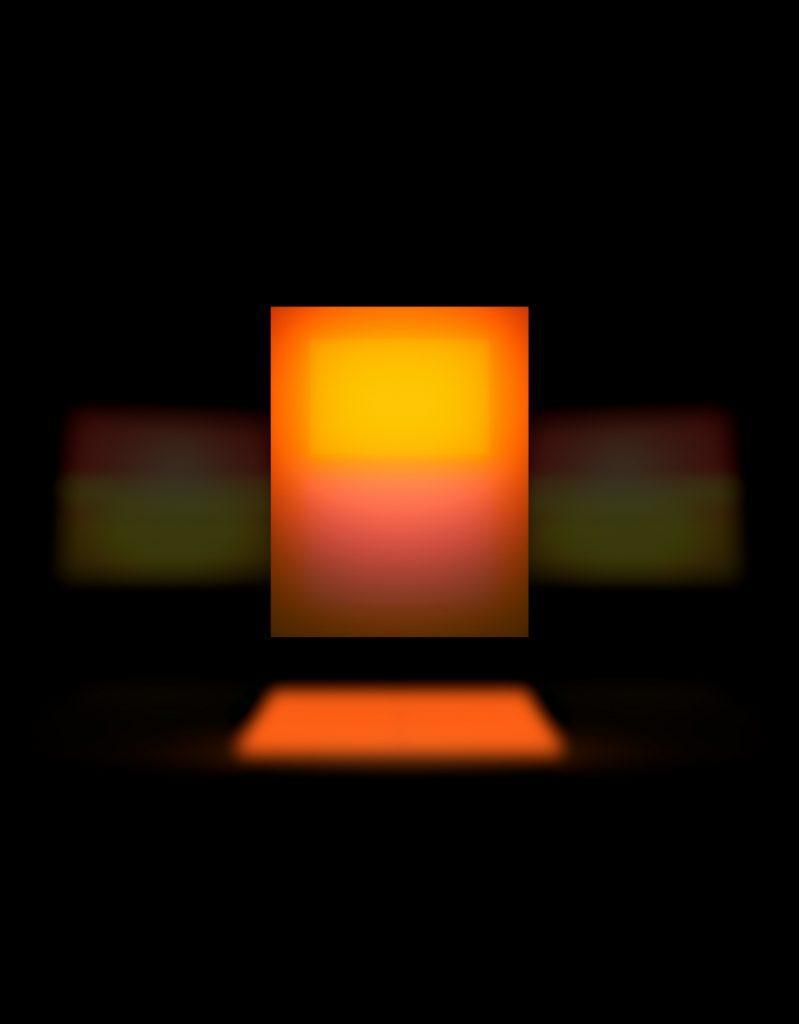(MENAFN- USA Art News) This week, on reversed trends and reverse logic...
DISPATCH FROM THE DIGITAL DIVIDE
Dear reader,
I'm writing to inform you that, like it or not, we are stuck with crypto and NFTs.
This news may catch many of you by surprise. Even people with no interest in blockchains whatsoever know that the overall markets for crypto and NFTs have been in the toilet for almost a full year. A large chunk of the blame falls on crypto entrepreneurs themselves, a distressingly high share of whom have had their chosen costumes as populist revolutionaries for the next generation of finance ripped apart, revealing them to be nothing more than old-school fraudsters, incompetents, or both.
No wonder regulators are closing in on the industry. The U.S. Securities and Exchange Commission just recently took aim at kraken , a crypto exchange with no apparent history of bad behavior. The SEC ruled that the company needed to register its staking operation as a security offering, a complex and costly process that continues the commission's history of making aggressive moves against crypto, even during the boom times.
The SEC also recently informed paxos that it plans to sue the company over its Binance USD stablecoin, alleging that the offering (which is pegged one-to-one to the U.S. dollar) is an unregistered security. New York's Department of Financial Services also hit the company on a state level, barring Paxos from issuing any more of the same stablecoin to consumers.
So why is this happening now? The difference in 2023 is that regulators have far more support to get tough than they did two years ago. Remember, for most of 2021, prices for bitcoin, ether, and a slew of NFTs were almost relentlessly blasting moonward.To paraphrase bloomberg's matt levine , very few people in government, finance, or business wanted to be seen as obstructing innovation when innovation was making people rich. Now that a string of catastrophic losses have made innovation look more like a cocktail of subterfuge and froth, the SEC's cast of allies has expanded dramatically, both in D.C. and in the electorate.
The ultimate symbol of crypto's reversal in fortune arrived during Super Bowl LVII last Sunday. Crypto commercials were so prevalent during 2022's edition of the Big Game that it became known in some pop culture and business circles as“the Crypto Bowl.” Business analytics firm Kantar estimated that the grand total spent on crypto spots reached $39 million, per the new york times . A year later, blockchain companies were completely absent from the lineup of ultra-pricey TV spots during the most watched annual event in U.S. television. The lone crypto connection in the mix was an ad from a gaming company called Limit Break offering free promotional NFTs.
Brian Contreras of the los angeles times reported this Monday that at least four crypto spots were in the works for the 2023 Super Bowl until the fraud charges filed against Sam Bankman-Fried and FTX torched the reputation of the crypto world's most trusted, most prominent avatar overnight. So, instead of soliciting celebrity endorsements from the likes of Larry David and LeBron James while pounding the drum for widespread risk-taking with products too opaque for most people to understand (see: Crypto.com's now-infamous “fortune favors the brave” campaign ), the crypto industry went silent in the new year.

Matt DesLauriers, (2021). Collection of the Los Angeles County Museum of Art, gift of the Cozomo de' Medici Collection.
This might sound an awful lot like a eulogy for Web3. And yet, paradoxically, in both the business world and the art world, I think what we're witnessing amid this asteroid storm of bad news is crypto's weird resilience. Sure, it looks awful that the space's trajectory has swung so low and so fast. But what matters more than the direction of that trajectory is the pure fact that tracking it still feels important enough to do.
Granted, I acknowledge that I'm putting my thumb on the scales here a little bit as a member of the (art) media with a fair amount of autonomy over this column's focus from week to week. But surveying the art world right now reveals a serious divergence between crypto's ghastly profile among a general audience, and its surprising resilience in the establishment art world.
Since mid-January 2023, three major international art institutions have announced the addition of NFTs to their permanent collections. This Monday, the Los Angeles County Museum of Art broadcast that it had accepted a gift of 22 generative NFTs from the pseudonymous crypto collector Cozomo de' Medici, with the donation ranging from artists as crypto-native as Dmitri Cherniak and as art-world bona fide as Cai Guo-Qiang. The preceding week, the Pompidou announced it had acquired 18 NFTs by 13 artists hailing from France and elsewhere, including John Gerrard, Agnieszka Kurant, and Sarah Meyohas. In January, SFMoMA added an nft by new-media pioneer Lynn Hershman Leeson to its holdings, marking the Bay Area museum's entry to crypto collecting.

LaTurbo Avedon, Club Rothko (2022). Image: © LaTurbo Avedon. Courtesy Buffalo AKG Art Museum.
The institutions above join a small handful of others that were even earlier adopters. The ICA Miami officially accepted a Cryptopunk gifted by Yuga Labs in November 2022. Shortly thereafter, the Buffalo AKG Art Museum acquired one edition of each of the 16 NFTs in“peer to peer ,” an exhibition curated by Tina Rivers Ryan in collaboration with institution-focused blockchain platform Feral File.
The for-profit side isn't relenting, either. Here in L.A., mega-agency UTA is running full steam ahead with a dedicated Web3 division led by former art-law attorney lesley silverman . The group represents digital artists, startups, and blockchain-based projects alike. The client list currently includes NFT artist diana sinclair ; the Yuga Labs-owned trio of cryptopunks, meebits, and autoglyphs ; and, as of this January, Moonbirds maker proof .
Back in New York, Venus Over Manhattan just opened“beyond digital,” an exhibition of works from the collection of Pablo Rodríguez-Fraile, the entrepreneur behind NFT platform Aorist, and Desiree Casoni. The show features NFTs alongside physical objects in multiple media-another attempt to evolve the dialogue between crypto and the rest of the art world.
Lording over all of this, from my perspective, is“Refik Anadol: Unsupervised,” the monumental screen-based installation dominating MoMA's lobby through March 5. While I agree with my colleague Ben Davis's skewering of the piece as both an artwork and a would-be messenger about tech's role in contemporary life, it would be a mistake to overlook the symbolic power of a giant generative artwork taking over a central area of the planet's most revered institution for vanguard art. What's more, the wider universe of Unsupervised contained an nft offered on feral file in an edition of 5,000 for $100 each. (The edition is now sold out.)

“Refik Anadol: Unsupervised” at the Museum of Modern Art. Photo by Ben Davis.
By no means am I arguing that NFTs are living up to the full-force revolutionary rhetoric spouted during the great cryptocurrency run-up of 2021, or that they ever will. But I think it's just as unlikely that the entire enterprise is disintegrating into nothingness.
At this point, there is vanishingly little connection between fine-art NFTs (generative or not) and, say, the mass fraud perpetrated by FTX, the SEC's enforcement actions against Kraken and Paxos, or even the disappearance of crypto advertisers from the Super Bowl. Instead of becoming a twelve-lane bridge between contemporary art and mainstream adoption, legit NFT artworks have become the focus of a small, self-selecting group of enthusiasts who make, buy, sell, view, and exhibit these pieces regardless of what the rest of the world thinks about them.
Which means that, in a real sense, they have become the same as every other type of artwork in history. Whether you see that as a triumph or a failure is a matter of perspective. But no matter where you stand on NFTs in February 2023, you'll have the rest of your life to reconsider.
That's all for this week. 'Til next time, remember: Nothing determines what you feel now quite as much as what you expected before.























Comments
No comment